We love to see our favourite stars dancing, singing and acting on celluloid. Our vibrant form of cinema consists of a photogenic batch of lead actors & actresses set up against a background of mesmerising locations. From 1963 to 2006 hundreds of films have released and amongst them there were a majority which shared a common link and this common link was the location as to where unforgettable/iconic/cult scenes of the films were shot. Sunil Dutt’s ‘Gumrah’, Rajesh Khanna’s ‘Kati Patang’, Naseeruddin Shah’s ‘Masoom’ & Hrithik Roshan’s ‘Koi Mil Gaya’, all of these films were shot in the scenic locales of Nainital situated in Uttaranchal. Come to think of it & you will realise that Nainital has been the all-time favourite of film-makers since almost 4 decades! Located in the lush green confines of the Kumaon hills at a height of approximately 6737 feet in the Himalayas, Nainital’s prime attraction is the Naini Lake. You get to see many lakes in this region and that’s the reason why the yesteryear Englishmen referred to it as the ‘Lake district of India’. Its recognition as a hill station began in the year 1841 by a sugar tycoon known as P. Baron from Uttar Pradesh. He was the first person to have constructed a European house in Nainital. In his memoirs he has mentioned that in his escapade of 2400 km across the Himalayas, Nainital was the most beautiful.
Although the Britishers discovered this place in the 19th century, for all us Indians, Nainital is estimated to have existed since ancient times. As per the Skand Puran, the Naini Lake was earlier known as the Tri Rishi Lake because it was developed by 3 sages namely-Atri, Pulastya and Pulah. It is believed that they dug a huge crater and filled it with the pure water from Manasarovar. Today that lake is known as Naini Lake. The second story is related to Shiv-Parvati. Parvati (Uma) had married Shiva by going against her father’s wishes. Subsequently Shiva’s in-laws mistreat and disrespect him at a ceremony. Infuriated with the disrespect meted out to her beloved husband, Uma jumped into the sacrificial pyre. In a fit of rage Shiva started to perform the tandav dance while carrying the burning body of Uma, as a result of which different parts of her body fell at 52 different places on the Earth and these place symbolise ‘Shaktipeeths’. Nainital is considered one such Shaktipeeth. It is believed that Uma’s eye fell here which took the form of a reservoir and hence the name Naini (eye)-Taal (lake).On taking a look at the lake from the adjacent mountain, it resembles an eye.
The Kumaon kingdom was ruled by the Katyuri kings from the 7th to the 11th century. In the 10th century the Chand dynasty took over from the Kumaon rule. The then king Samrat Baaz Bahadur partnered with Delhi’s Shahjahan and won Gadhwal’s Dehradun. In the 18th century Nepal’s Gorkha kings attacked Kumaon and in the 19th century the British vanquished the Nepali regiments and forced them to leave this province. In the uprising of 1857, people from the Champavat district of Kumaon fought under the guidance of Kaalusingh Maharaj. Then later even in Gandhiji’s freedom movement, the people from Kumaon wholeheartedly lent their support. After Independence Kumaon was incorporated into Uttar Pradesh but considering it different culture, language etc. it was ultimately declared as a separate state known as Uttarakhand on the 9th of November 2000.
The Kumaon language is spoken in this region, it is somewhat similar to the languages like Hindi, Nepali and Rajasthani. There are 20 different styles of the Kumaon language spoken across this region. However, as per the UNESCO, the Kumaon language is somewhat on the verge of extinction. The people living here are a jovial lot and like a majority of Indians, they too love celebrating festivals. Festivals like Sankranti, Mahashivratri, Vasant Panchami, Holi, Raksha Bandhan, Janmashtami, Dassera and Diwali are celebrated with great pomp. People here follow a simple but heathy diet. Aaloo gutke, Paapad sabzi, Beruva roti, aloo dal pakode, jalebi, Baal mithai etc. are a few special dishes prepared here.
Nainital is home to many noted personalities. India’s first Home Minister-Govind Vallabh to renowned Ghazal-Bhajan singer Shri Anup Jalota, Nainital has produced many talented individuals. Another personality who had a very special attachment towards the dense forests and Kumaon hills since birth is Jim Corbett. Born in Nainital, Jim Corbett spent most of his childhood in the Himalayan confines of Kaladungi and Nainital, identifying birds and animals. With the use of the knowledge he cultivated over the years, he killed 33 man-eater tigers and thus made Kumaon safer. Jim Corbett’s experiences are elaborated in books such as ‘Man-eaters of Kumaon’, ‘Man eating leopard of Rudraprayag’, ‘Temple tiger & more man-eaters of Kumaon’. An ace photographer as well as a naturalist, the government of India decided to rename the Ramganga National Park to ‘Jim Corbett National Park’ in 1956 after his death. This national park is blessed with a treasure of diverse wildlife and vegetation. The Royal Bengal tiger is the prime attraction in this park. In addition to that other animals such as the Himalayan Leopard, Indian elephant, Himalayan black bear, Hog dear, crocodile, otter, fishing cat etc. are a few other animals found here along with more than 550 types of birds.
The area comprising of Nainital, Corbett Park, Ranikhet & Kausani is half of the most beautiful part of Kumaon, the other half is the Garhwal province. Uttarakhand’s complete beauty cannot be witnessed without visiting Mussoorie, situated in Garhwal. All said & done, a coin always has two different sides, in the same way these two halves are different from each other in terms of lifestyle, language and traditions. The geographical characteristics of Garhwal consist of the Nandadevi temple in the Himalayas, Kamet, Trishul, Badrinath and Kedarnath, which are peaks clocking a height of more than 20,000 ft. The reason this region is known as Garhwal is sourced to approximately 500 years ago. In that period of time there 52 small groups of Kingdoms here. Every kingdom had a fort and that’s precisely why it came to be known as Garhwal. King Ajay Pal of the Parmar dynasty conquered all these 52 kingdoms in the course of time and unified all of them into a single kingdom. The Garhwal Rifle regiment today is a very prominent component of the Indian army .Even in the Kargil war the Garhwal Rifles displayed their skill, courage and grit.
Mussoorie is situated in Garhwal approximately at a height of 6600 ft. and is often referred to as the ‘Queen of Hills’. Its prominence as hill station came to light during the British rule in the year 1832.Mussoorie provided a much cooler option for all those Britishers who wanted to escape the daunting heat of Delhi in Summer. There were quite a few noted people who stayed in Mussoorie, Sir George Everest, after whom the world’s tallest peak is named also stayed here, the celebrated author Ruskin Bond also stays in Mussoorie. One gets to notice many things which aid in commemorating the times when the British stayed here. The mall road extending from the ‘Picture Palace’ to the library in Mussoorie became a national headline in those days owing to the outrageous & disrespectful placard that was placed here, which read-’Indians & dogs not allowed’. Sources say that Motilal Nehru used to pay a fine every single time he walked on the Mall road. Today this road is literally overflowing with tourists. The 14th Dalai Lama took refuge in Mussoorie in 1951 after leaving Tibet. India’s first Tibetan school was opened in Mussoorie. The Gunhill cliff is a major attraction while roaming along the Mall road. A canon was placed on this cliff during the British era & was fired at noon everyday. Nowadays owing to the availability of a ropeway, it is possible to reach the cliff. In the summer season the ‘Kempty falls’ are the star attraction for all the tourists. In the year 1835 British officer John Makinon discovered this waterfall. Subsequently the British officers used to gather around this waterfall & enjoy camp tea parties here, hence the name Kempty Falls.
Veena World takes you on a 9 day tour to the beautiful environs of Uttarakhand comprising of Nainital-Mussoorie-Corbett-Haridwar. This tour includes visits to Gangaghat, Laxman Zhula in Rishikesh, Baba Kaali Kamliwala ashram and Geeta Bhavan. While returning we halt for a night in Delhi and visit the ‘Kingdom of Dreams’, which is a theme park that showcases Indian culture, traditions, art forms and cuisine. So join us this summer, visit the king and the queen of the mountains-Nainital & Mussoorie with Veena World.10








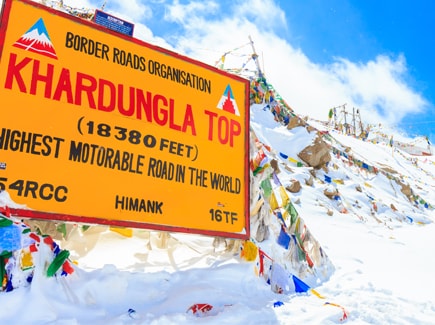
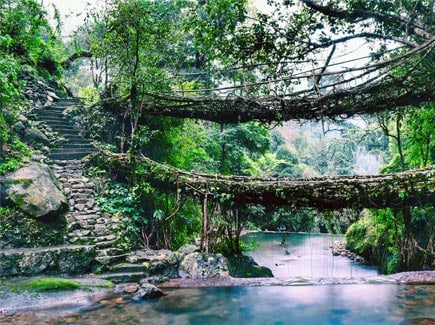
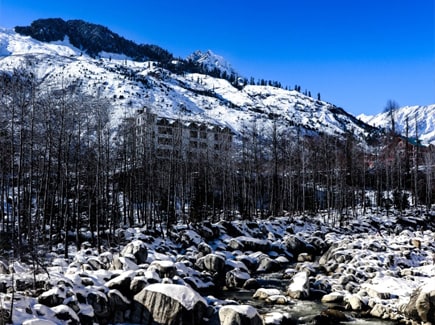



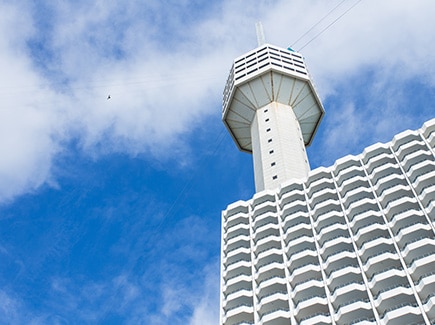

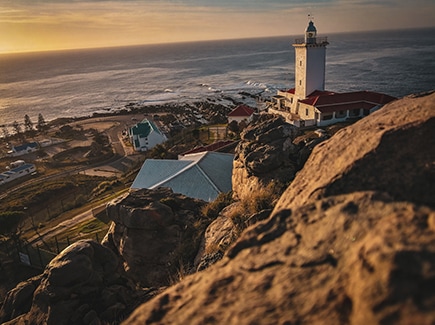

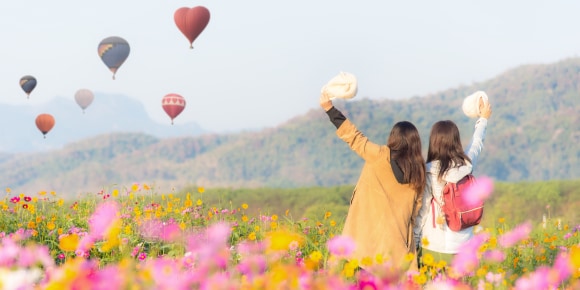
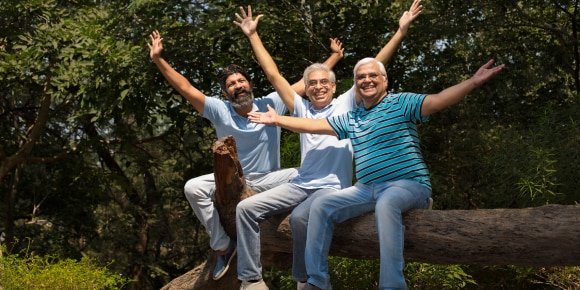

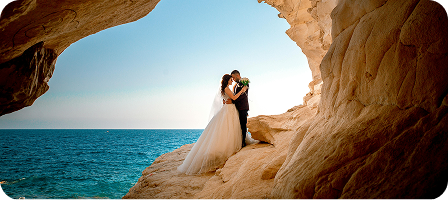

































Post your Comment
Please let us know your thoughts on this story by leaving a comment.